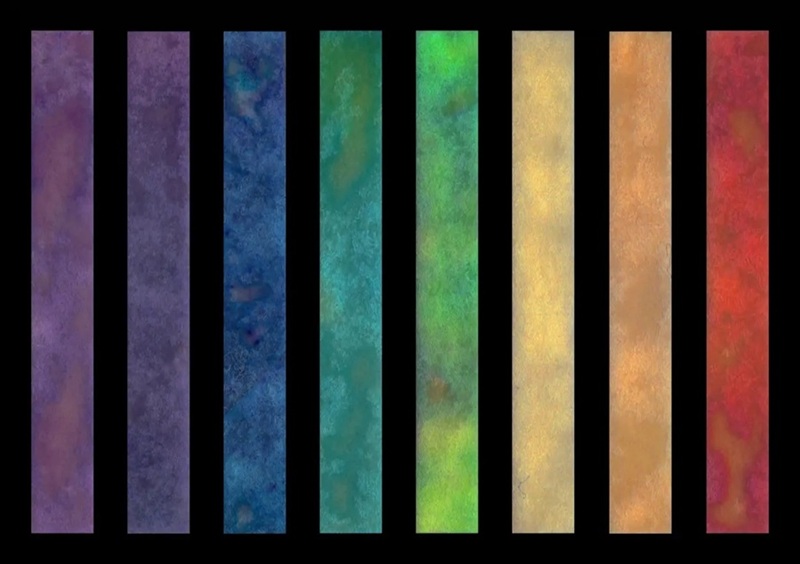Ultrasensitive Assay Detects Botulinum Neurotoxin
By Labmedica staff writers
Posted on 12 May 2008
A new ultrasensitive assay detects botulinum neurotoxin. The toxin is one of the most poisonous substance known that can cause life-threatening disease, and is considered a major potential bioterror agent.Posted on 12 May 2008
Botulinum neurotoxin is produced by the bacterium Clostridium botulinum. When ingested, the toxin disables nerve function and can result in paralysis and even death. Botulism normally results when a person eats food tainted with C. botulinum bacteria or if a wound becomes infected by the bacterium. Infants, whose digestive systems are not yet fully developed, are susceptible to the disease if the bacterium gains a foothold in their intestinal tract.
A team of scientists developed a test that is less expensive, faster, and easier to perform than currently used tests. They used microscopic beads with special photochemicals that glow under ultraviolet light to achieve a heightened level of sensitivity. The microscopic beads are coated with antibodies to the botulinum neurotoxin and then added to the suspect solution. The antibodies latch on to any botulinum neurotoxin present resulting in a fluorescence that glows in the dark when illuminated with blue or ultraviolet light. The new assay works well in liquid foods such as milk and carrot juice, and in blood serum.
"The new test is at least 10,000 times more sensitive and produces results much faster than the current detection method for botulinum neurotoxin,” said Markus Kalkum, Ph.D., assistant professor, division of immunology, City of Hope (Duarte, CA, USA) and leader of the study. "Wide use of the new assay would improve food safety and food processing technology, speed up and improve the diagnosis and treatment of human disease, advance the development of novel therapeutics, and greatly enhance the country's ability to detect and defend against a bioterrorism attack.”
The Centers for Disease Control and Prevention (CDC; Atlanta, GA, USA) identify botulinum neurotoxin as one of six "maximum threat” bioterrorism agents due to its potency, lethality, and ease of production and transport. One gram of botulinum toxin could kill more than one million people, according to a study published in the February 2001 The Journal of the American Medical Association (JAMA).
The testing method has possible application in diagnosing other diseases. Scientists are investigating the potential use of antibodies for different diseases to expand the scope of the test. A full description of the test appears in the April 30, 2008, online edition of PloS ONE.
Related Links:
City of Hope
Centers for Disease Control and Prevention








 (3) (1).png)




